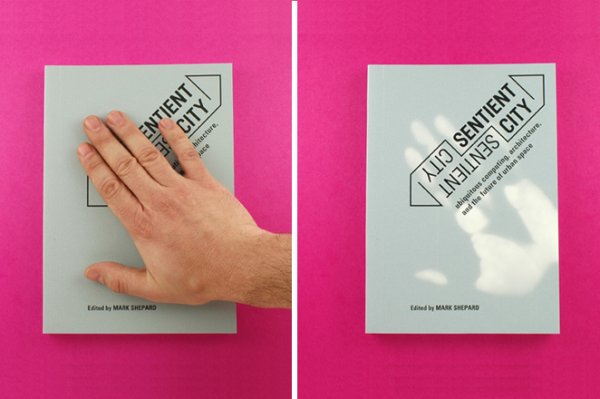A squat retail building in New Orleans’ Marigny neighborhood sits empty. Delta Countertops & Cabinets, its last tenants, are long gone, and the storefront is tagged with graffiti, including baby blue cursive spelling out “Sauce!” A glossy poster, roughly two-feet-high by four-feet-wide, hangs off center on the metal siding. The poster features a cheery illustration that might portend new development — housing, perhaps, or a revived commercial strip to replace the down-on-its-luck building? Closer inspection of the colorful rendering reveals a new future for the rundown structure. In the illustration the building is transformed into an ersatz mobile grocery. It’s raised high in the air and mounted on the back of a pickup; there’s a cascade of jumbo shrimp tumbling out of it. Airborne bananas and giant carrot-shaped street benches add to a festive composition. In the upper right hand corner is a logo and the enigmatic words: The Hypothetical Development Organization.
The poster is fiction.
But it is also a commentary on the need for grocery stores in underserved communities. Conceived by graphic designer/urban planner Candy Chang, and entitled Mobile Cornucopia, it is a piece in the new collective art project, The Hypothetical Development Organization (H.D.O.). Read More …
